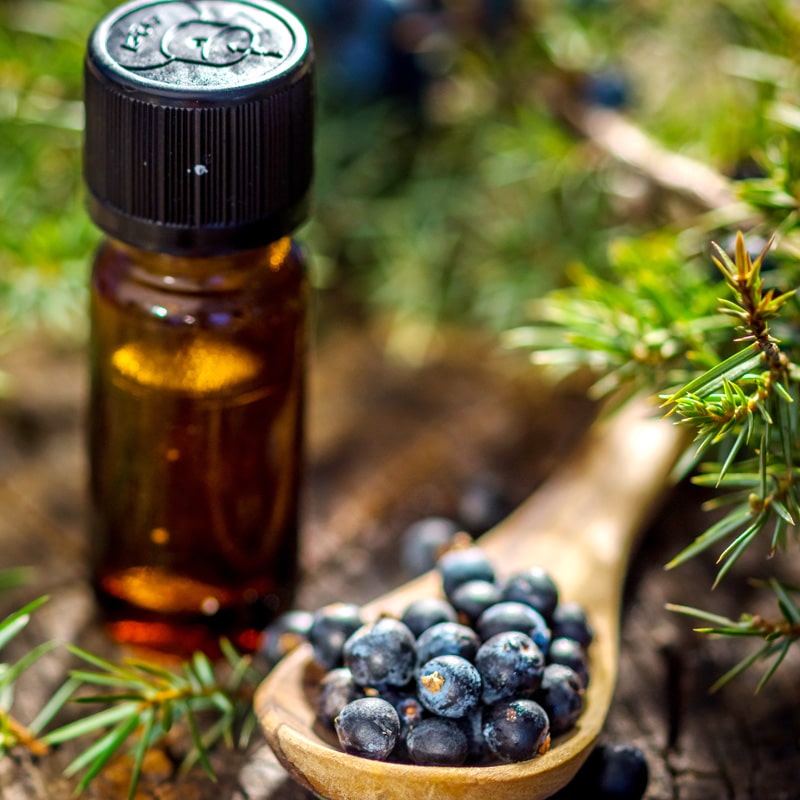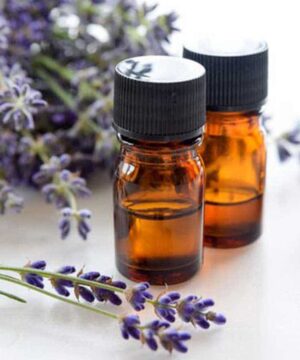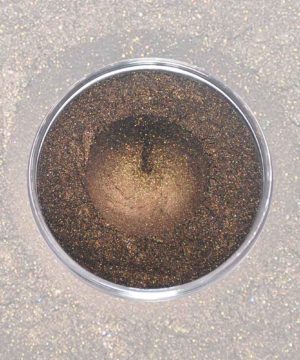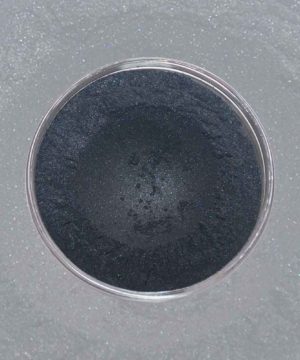Juniper Essential Oil Organic is extracted from the berries of Juniperus communis. The plant grows in cool, sunny regions with poor, well-draining soils. Think Balkan and Alpine fringes, as well as parts of Hungary and Bulgaria. Ripe, dried berries give the best aroma profile. Fresh, resinous, a touch spicy and recognizably “gin-like” with no synthetic edge. This comes straight from the landscape, not from the factory.
How it is made
The oil is produced via steam distillation from mainly ripe juniper berries. Sometimes twigs are included for a greener accent. Steam carries away the volatiles. Then water and oil separate neatly. Sounds simple, but the ratio of berries to leaves and distillation time determine whether you get more fresh wood or warm spice. Well-picked, well-dried berries are half the quality.
Uses and applications
In aroma blends, juniper is known for clarity and order. It makes a space feel fresh and focused. Two drops in the diffuser in the morning and your workspace feels instantly uncluttered. In wellness, you’ll see the oil in massage and bath preparations where a woodsy, clean note is desired. Start low in dosage. Juniper likes to take the lead in a blend. Better to build up than to push back.
Juniper berry in soap and cosmetics
In cosmetic products, juniper gives a fresh, woody-spicy signature that does not become sweet. Widely used in cleansers, toners, body gels and aftershave concepts for an orderly skin feel. In cold process soap, the scent stays better when you add an anchor. Think cedar, vetiver or a hint of benzoin. Small practical example. A batch of 1 kilo of handmade soap with juniper, cedar and a little lemon still smells noticeably fresh and woodsy after four weeks of curing.
Candles and home perfume with Juniper Essential Oil Organic
This oil gives quick diffusion in candles, fragrance sticks and room sprays. The profile is dry fresh, slightly spicy and neat. In candles, juniper works nicely with pine, silver fir, black pepper or bergamot. For a 180 g soy wax candle, a total fragrance load around 6 percent is often sufficient for a neat throw. In a diffuser for a room of about 12 m², juniper with a dash of grapefruit provides a fresh, bright start. Equally practical. Always wick and test stability, because top notes behave slightly differently by wash and base.
Features and benefits
-
Aroma. Fresh, resinous, dry wood, spicy edge.
-
Perception. Clear, grounded, orderly.
-
Performance. Direct projection, handles well with citrus and softwood.
-
Profile. Naturally rich in α-pinene, sabinene and limonene, which explains that clean forest smell.
It sounds almost minimalist, but it is precisely that sleek, non-sweet freshness that makes juniper so useful in perfume, cosmetics and home fragrance.
Quality and safety
Always dilute in an appropriate carrier oil before skin use and do a patch test first. Avoid contact with eyes. Do not use internally. Be cautious in sensitive target groups and during pregnancy. Juniper berry naturally contains fragrance allergens such as limonene. Formulate wisely and test your finished product in context. Store cool and dark. Fresh oil smells more vivid and holds better in formula.
Why organic
Juniper Essential Oil Organic comes from cultivation without synthetic pesticides and with respect for soil and biodiversity. This results in a cleaner oil and an origin you can stand for. Honestly convenient in practice, too. A consistent, clear scent profile you can build on year after year, whether you’re developing a handmade soap for a studio in Provence or a modern room spray for an entryway that should immediately say “fresh forest.”








Reviews
There are no reviews yet.